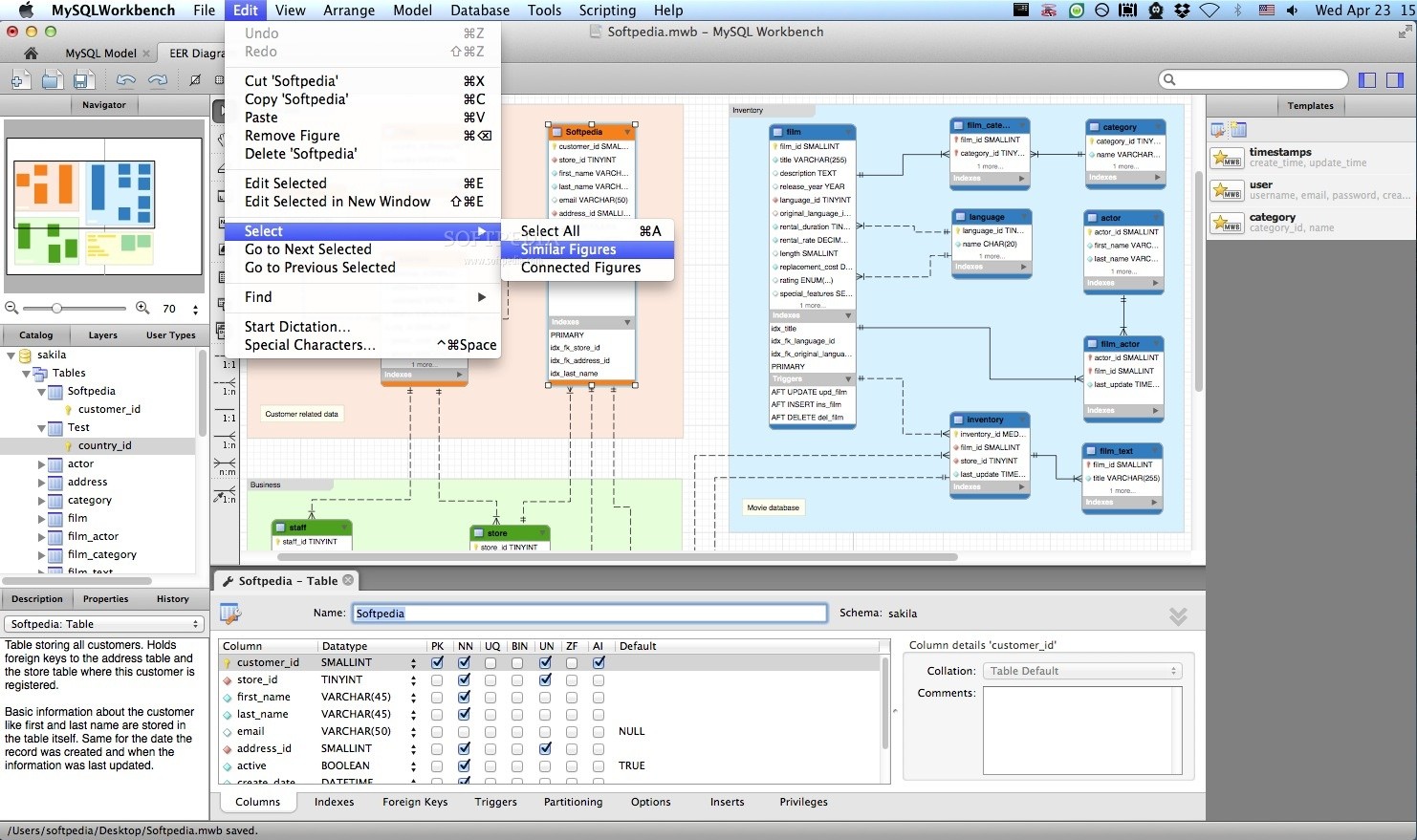Pixel art stands as a visual time capsule, preserving gaming history and digital culture through its distinctive blocky aesthetics that defined an entire generation of interactive entertainment.
🎮 The Dawn of Digital Expression: When Limitations Bred Creativity
The story of pixel art begins in an era where technology imposed strict boundaries on what creators could accomplish. During the late 1970s and early 1980s, computer memory was measured in kilobytes, not gigabytes. Display resolutions were often as low as 320×240 pixels, and color palettes were limited to 16 or even fewer shades. These technical constraints didn’t stifle creativity—they channeled it into something extraordinary.
Early game developers and digital artists became masters of visual economy. Every pixel mattered. Every color choice was deliberate. Artists learned to suggest detail rather than render it explicitly, creating imagery that engaged the viewer’s imagination as much as their eyes. This forced efficiency resulted in an aesthetic that has endured far beyond its technological origins.
The archaeological significance of pixel art lies not just in its visual appeal but in what it reveals about the evolution of human-computer interaction. Each sprite, each background tile, each carefully crafted icon tells us something about the technological capabilities, cultural priorities, and creative solutions of its time.
📚 Reading the Digital Strata: Pixel Art as Historical Evidence
Like traditional archaeologists examining pottery shards and ancient tools, digital archaeologists can examine pixel art to understand the layers of technological and cultural development. The progression from monochrome graphics to 4-color CGA, then 16-color EGA, and eventually 256-color VGA represents distinct technological epochs, each with its own visual vocabulary and creative constraints.
Consider the transition from the Atari 2600 to the Nintendo Entertainment System. The Atari’s graphics were characterized by large, blocky sprites with minimal definition—often just a few pixels suggesting a character or object. The NES, with its increased resolution and more sophisticated graphics hardware, allowed for characters with recognizable features, detailed environments, and smoother animations. This wasn’t merely aesthetic improvement; it represented a fundamental shift in how stories could be told through interactive media.
The color palettes themselves serve as historical markers. Early systems used colors determined by available phosphors and display technology rather than artistic choice. The distinctive look of Commodore 64 games, with their characteristic blues and purples, reflects the machine’s hardware specifications. These technical fingerprints help digital archaeologists date and authenticate vintage software, much like carbon dating helps identify the age of organic materials.
🔍 Preservation Challenges in the Digital Realm
Unlike physical artifacts that can survive for millennia under the right conditions, digital art faces unique preservation challenges. Bit rot, format obsolescence, and hardware dependencies threaten to erase pixel art from history. The original source files for countless classic games have been lost, existing now only in the compiled ROMs that players can still run through emulation.
This makes pixel art preservation both urgent and complex. Organizations like the Internet Archive and the Video Game History Foundation work tirelessly to preserve not just the games themselves but the original development tools, documentation, and cultural context that surrounded their creation. Without these efforts, entire chapters of digital history could vanish within a generation.
🎨 The Technical Canvas: Understanding Pixel Art Methods and Constraints
To truly appreciate pixel art as digital archaeology, we must understand the technical methods that defined different eras. Each gaming platform and computer system imposed specific limitations that artists had to navigate, resulting in distinctive visual styles that serve as technological signatures.
The concept of sprite sheets reveals much about memory management and graphical efficiency in early systems. Rather than storing each animation frame separately, artists packed multiple character poses into a single image file. The hardware would then display specific rectangular sections of this sheet as needed. This technique minimized memory usage while maximizing visual variety—a brilliant solution born from necessity.
Dithering techniques provide another window into historical problem-solving. When faced with limited color palettes, artists would alternate pixels of different colors to create the optical illusion of additional shades. Classic adventure games like those from LucasArts demonstrated masterful dithering, creating rich, atmospheric scenes despite severe color restrictions. The patterns used in dithering became so associated with certain systems that they now serve as nostalgic markers of specific technological eras.
⚙️ Platform-Specific Visual Languages
Each gaming platform developed its own visual dialect within the pixel art language. The Sega Genesis favored darker, more saturated colors and detailed character sprites. The Super Nintendo leaned toward softer palettes and made extensive use of Mode 7 graphics for pseudo-3D effects. The Game Boy’s four-shade greyscale forced extreme creativity in distinguishing gameplay elements through pattern rather than color.
These platform-specific characteristics weren’t arbitrary aesthetic choices—they were direct consequences of hardware architecture. The Genesis’s Motorola 68000 processor and Yamaha sound chip created different capabilities and limitations than the SNES’s Ricoh processor and Sony sound chip. Understanding these technical foundations helps us read pixel art as historical documentation of technological evolution.
🌍 Cultural Significance: Pixel Art as Social Commentary
Beyond technical history, pixel art preserves cultural moments and social contexts. The themes, characters, and narratives depicted in retro games reflect the values, concerns, and imagination of their times. Early arcade games often featured simple conflict narratives—space invaders, maze chases, rescue missions—that resonated with Cold War anxieties and action cinema of the era.
As technology advanced and game narratives grew more complex, pixel art began depicting increasingly sophisticated stories. Role-playing games like Final Fantasy and Chrono Trigger used their distinctive visual styles to explore themes of environmentalism, political corruption, and personal identity. These pixelated worlds weren’t just entertaining—they were digital canvases for cultural expression and social commentary.
The representation of gender, ethnicity, and diversity in pixel art also provides fascinating archaeological insights. Early games rarely featured diverse characters, reflecting both technical limitations and cultural blind spots. As awareness grew, pixel artists found creative ways to represent broader human experiences within their constrained medium, documenting shifting social consciousness through digital imagery.
🔄 The Renaissance: Pixel Art in Contemporary Digital Culture
Perhaps the most archaeologically interesting aspect of pixel art is its resurrection. After years of being considered outdated, pixel art has experienced a remarkable renaissance. Independent game developers have embraced retro aesthetics not out of technical necessity but as deliberate artistic choice. Games like Celeste, Stardew Valley, and Undertale demonstrate how pixel art can convey emotional depth and artistic sophistication.
This revival raises intriguing questions about nostalgia, authenticity, and cultural memory. Modern pixel art often exceeds the technical capabilities of the systems it references—using more colors, higher resolutions, and more complex animations than historical hardware could manage. This creates a kind of idealized retro aesthetic, a romanticized vision of the past rather than a strict historical recreation.
The popularity of pixel art creation tools and communities further demonstrates its archaeological value. Platforms like Aseprite, Pixaki, and various mobile applications allow new generations to explore this historical medium. These tools often include palette options that replicate the exact color limitations of vintage systems, allowing artists to experience firsthand the creative constraints that defined earlier eras.
📱 Digital Tools for Modern Pixel Archaeologists
Contemporary artists and historians interested in pixel art have access to numerous applications that facilitate both creation and study of retro graphics. These tools help preserve techniques and make the historical practice accessible to new practitioners, ensuring that the knowledge doesn’t disappear along with the original hardware.
Sprite editing applications allow detailed analysis of classic game graphics, letting researchers examine exactly how artists achieved specific effects within technical constraints. Animation timelines reveal the frame-by-frame construction of character movements. Color palette analyzers can identify the exact RGB values used in vintage games, helping authenticate works and understand color selection strategies.
🏛️ Institutional Recognition: Museums and Academic Study
The archaeological legitimacy of pixel art has gained institutional recognition. Museums worldwide now include video games and digital art in their permanent collections. The Museum of Modern Art in New York added 14 video games to its collection in 2012, recognizing their cultural and aesthetic significance. The Smithsonian American Art Museum has exhibited “The Art of Video Games,” exploring 40 years of gaming history.
Academic programs now offer courses in game history, digital preservation, and interactive media archaeology. Scholars analyze pixel art using methodologies borrowed from traditional art history, examining composition, color theory, and stylistic influences. This academic attention validates pixel art as worthy of serious historical study rather than mere nostalgia.
Research into pixel art also contributes to broader discussions about digital heritage and cultural preservation. As more of human culture exists in digital form, the questions raised by pixel art preservation—about format standards, emulation ethics, and access to historical digital works—become increasingly relevant to society at large.
💎 Uncovering Lost Masterpieces: Digital Restoration Projects
Some of the most exciting work in pixel art archaeology involves recovering and restoring lost or degraded digital artwork. Enthusiast communities have undertaken remarkable projects to reconstruct games from fragmentary evidence, reverse-engineer lost source code, and restore damaged pixel art to its original quality.
These restoration efforts often require detective work that rivals any archaeological excavation. Researchers must track down original developers for interviews, locate vintage magazines with screenshots, and analyze multiple ROM versions to identify the most authentic iteration. The process reveals not just the artwork itself but the entire ecosystem of development, publication, and distribution that surrounded these digital artifacts.
Fan-led preservation has proven particularly valuable for obscure titles that lack commercial incentive for professional restoration. Small communities of dedicated enthusiasts have saved countless games from total obscurity, documenting and sharing their findings with researchers and future generations.
🎯 The Future of Pixel Art Archaeology
As we look forward, pixel art archaeology faces both opportunities and challenges. Machine learning and AI tools offer new possibilities for restoration, pattern recognition, and analysis. Algorithms can potentially reconstruct missing portions of damaged graphics or identify stylistic connections between works. However, these same technologies raise ethical questions about authenticity and the role of human interpretation in historical work.
The continuing evolution of emulation technology ensures that pixel art remains accessible despite hardware obsolescence. Modern emulators can not only run vintage software but also provide tools for examining how graphics were constructed and displayed. Some emulators include debugging features that let users view sprite layers separately, examine color palettes in detail, and understand the technical implementation of visual effects.
Virtual and augmented reality technologies offer intriguing possibilities for experiencing pixel art in new contexts. Imagine walking through a virtual museum where classic game sprites are displayed at monumental scale, their individual pixels visible and appreciable as deliberate artistic choices. These technologies could help new audiences understand the craftsmanship and creativity embedded in pixel art.
🌟 Why Pixel Art Archaeology Matters Today
Understanding pixel art as archaeological evidence matters because it helps us comprehend our relationship with technology and digital culture. These simple graphics document how humans adapted to new forms of expression, solved creative problems under constraint, and built entire cultural movements around interactive digital experiences.
Pixel art also reminds us that technological limitation doesn’t preclude artistic excellence. In an era of photorealistic graphics and virtually unlimited computing power, the enduring appeal of pixel art demonstrates that aesthetic impact comes from vision and craft rather than technical capability alone. This lesson has relevance far beyond gaming, touching on sustainable design, creative problem-solving, and the human tendency to romanticize constraint.
For younger generations who didn’t experience the era of pixel art firsthand, studying these graphics provides connection to digital heritage. Just as traditional archaeology helps us understand ancient civilizations, pixel art archaeology reveals the foundations of contemporary digital culture. The games, characters, and visual styles from the pixel art era continue to influence modern design, storytelling, and interactive entertainment.
🔮 Preserving Tomorrow’s History Today
The archaeological study of pixel art ultimately teaches us about preservation responsibility. Today’s cutting-edge graphics will become tomorrow’s historical artifacts. The practices we develop for preserving pixel art—documentation standards, format specifications, cultural contextualization—will inform how we preserve all digital culture.
Every pixel placed by an artist in 1985 represents a creative decision made within specific constraints. Every sprite sheet tells a story about memory optimization and artistic compromise. Every color palette documents the available technology and aesthetic preferences of its moment. Together, these elements form a rich archaeological record that deserves preservation, study, and appreciation.
As digital archaeologists continue uncovering and analyzing pixel art, they’re doing more than saving old games—they’re preserving a crucial chapter of human creative history, documenting how we learned to express ourselves through pixels on screens, and ensuring that future generations can appreciate the artistry, ingenuity, and cultural significance of these blocky, beautiful digital artifacts.
The past lives in every pixel, waiting to be uncovered, understood, and appreciated. Through careful archaeological work, we ensure that this vibrant digital heritage remains accessible, comprehensible, and inspiring for generations to come. Pixel art isn’t just nostalgia—it’s history, art, and cultural documentation rendered in the most fundamental unit of digital imagery: the humble, powerful pixel.
Toni Santos is a visual historian and creative artisan whose work channels the bold spirit of the steam-powered era—a time when imagination, mechanics, and ambition converged to reshape the modern world. Through richly detailed visual narratives and handcrafted design, Toni celebrates the legacy of steam innovation as both an artistic and technological revolution.
Driven by a passion for mechanical aesthetics, forgotten inventions, and industrial-age ingenuity, Toni reimagines the world of steam through illustrations, tactile artifacts, and storytelling that capture the poetry of pressure, motion, and invention. From piston-driven engines to brass-detailed diagrams, each piece reveals how steam wasn’t just power—it was promise.
With a background in visual design and historical research, Toni brings a craftsman’s eye and a dreamer’s heart to the stories of tinkerers, inventors, and visionaries who shaped the 19th century. His work doesn’t merely document machines—it honors the culture, courage, and creativity that drove a world to reimagine itself through gears, valves, and vapor.
As the creative voice behind Vizovex, Toni shares curated articles, reconstructed blueprints, and visual interpretations that bring this industrial past to life. His collections serve as a tribute to:
The elegance of steam-era design and innovation
The human stories behind great mechanical feats
The aesthetic beauty found in function and form
The echo of invention in today’s creative world
Whether you’re a history lover, a fan of steampunk, or an admirer of antique technology, Toni welcomes you into a world where art and machinery fuse, one cog, one drawing, one rediscovered marvel at a time.





